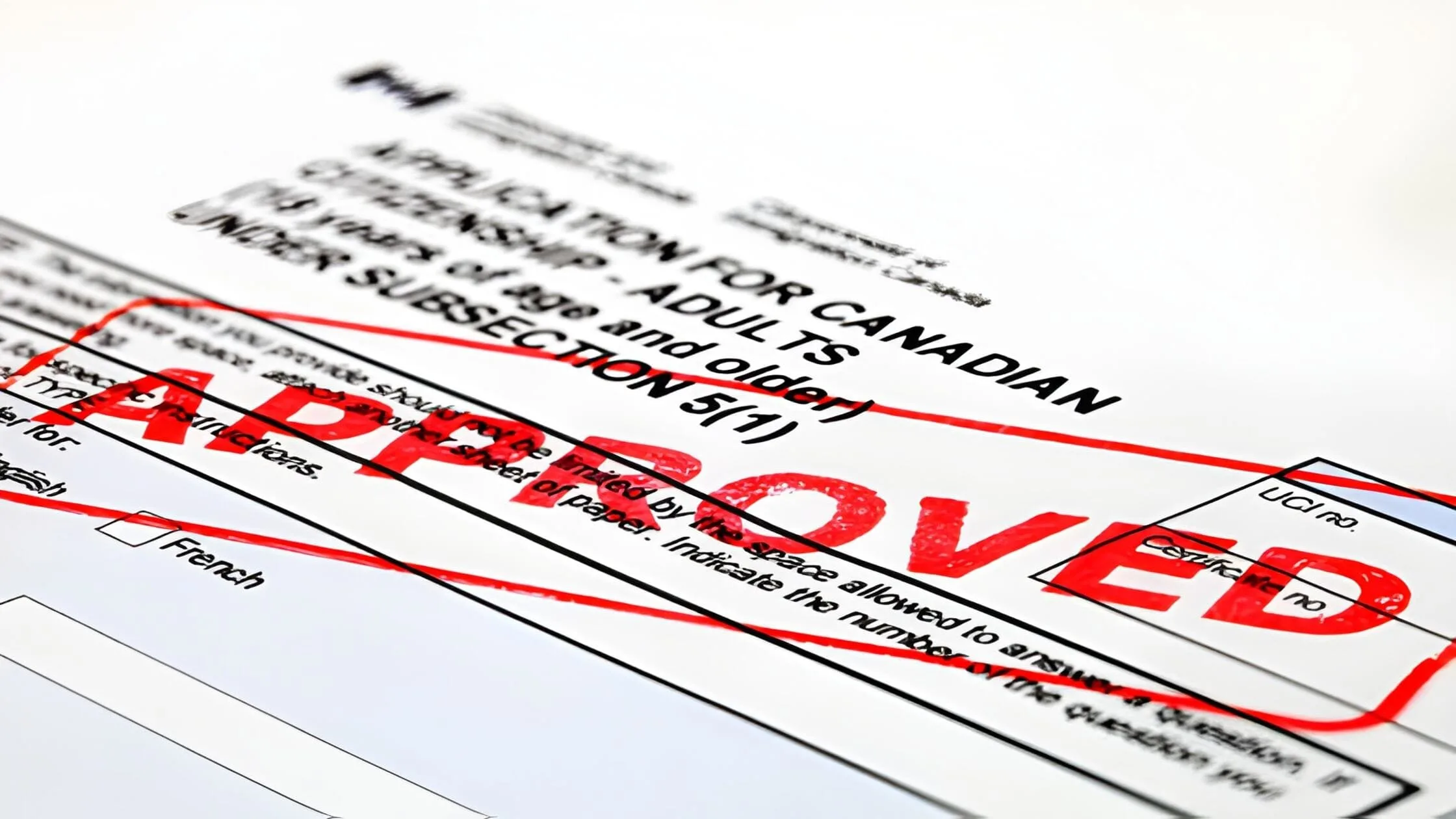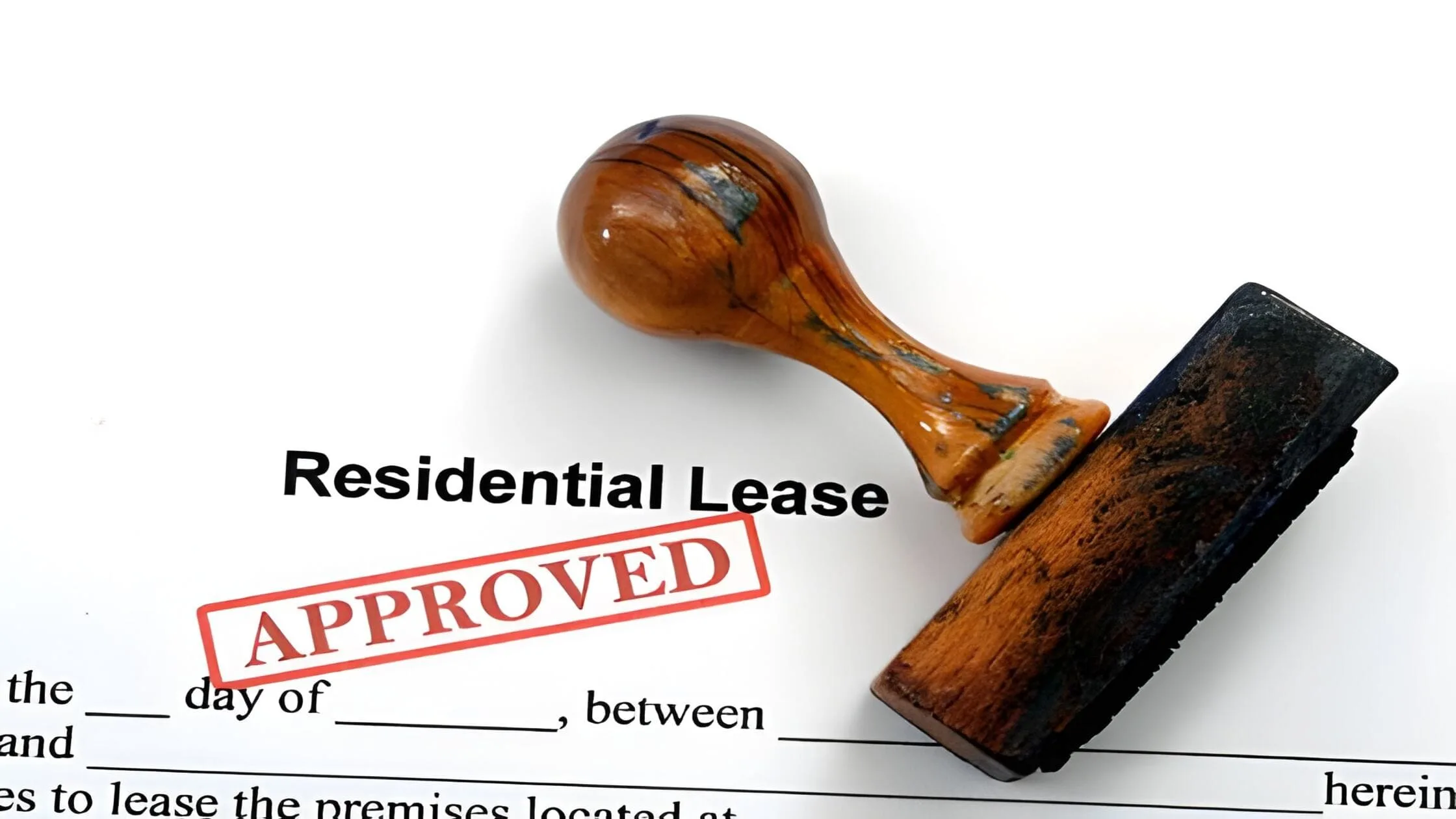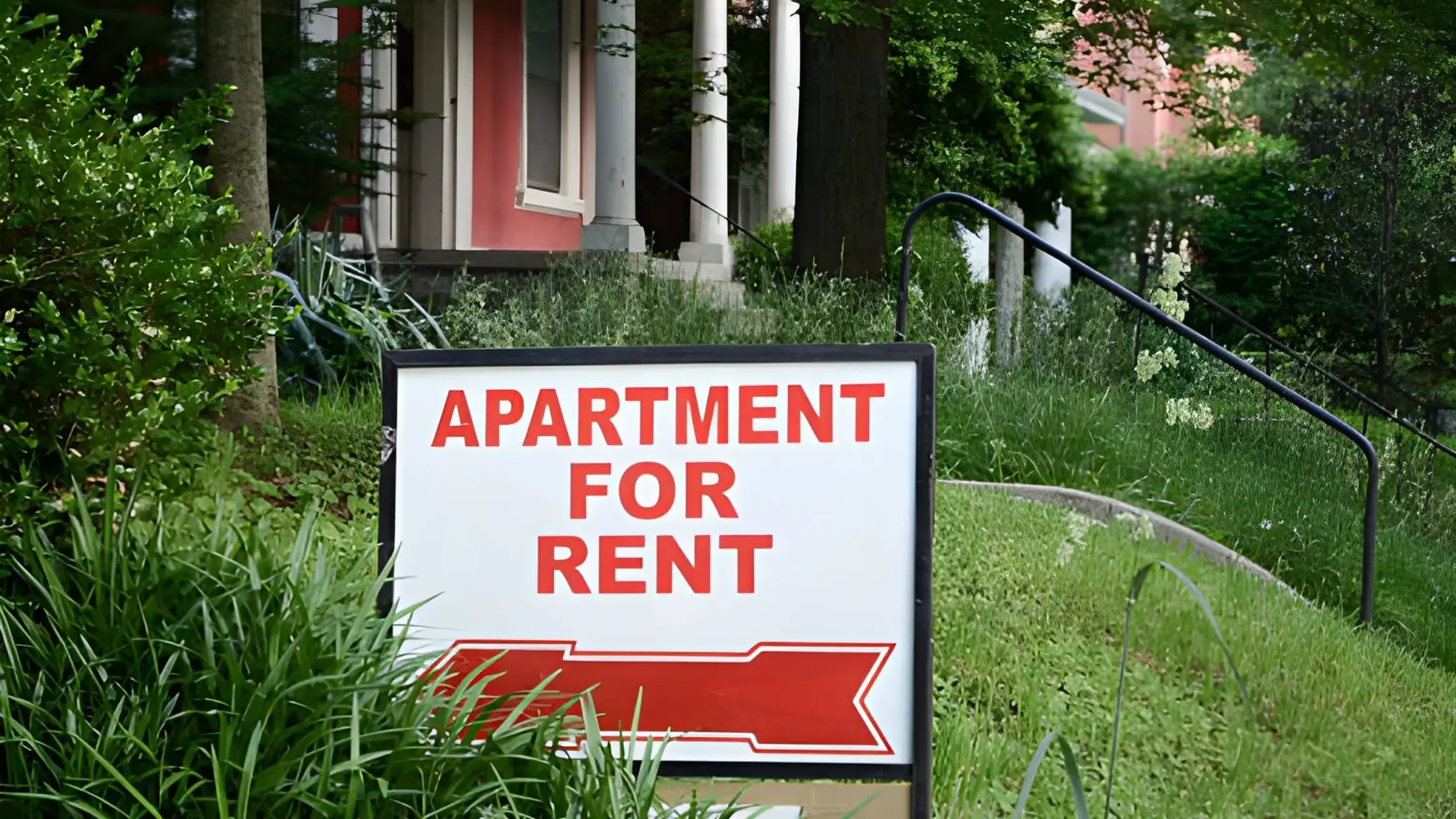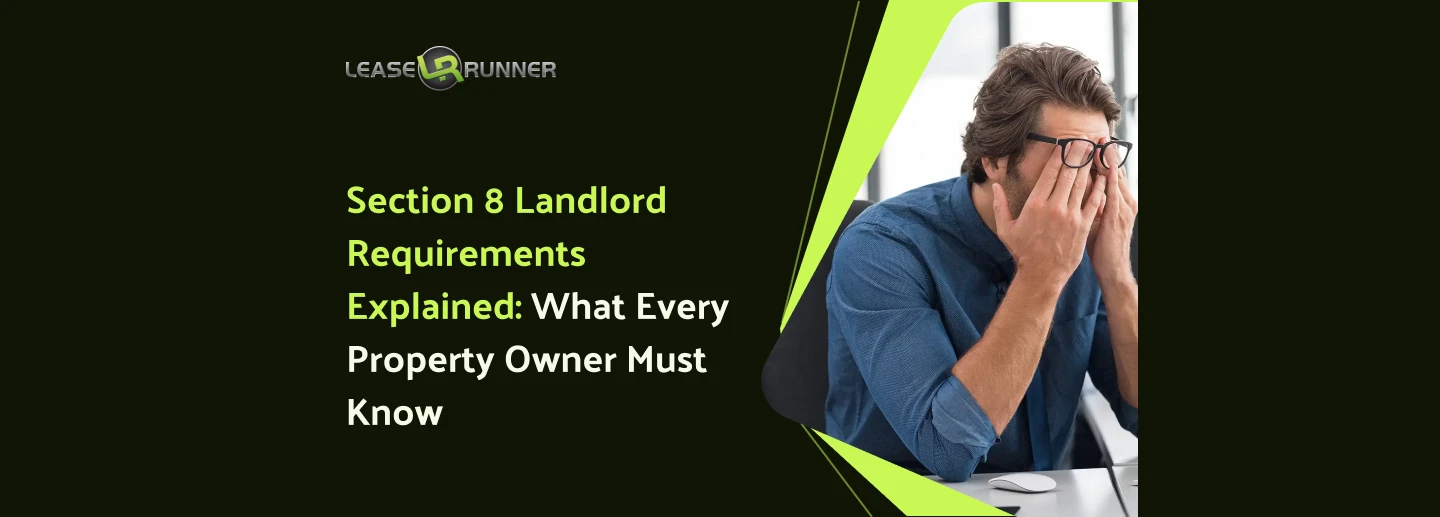Proof of a person's residence often requires formal confirmation, and one of the best ways to do this is through writing a proof of residency letter. Whether you are a landlord or a tenant, understanding how to write a letter proof of residency properly is crucial.
It verifies an individual’s residence for various official purposes such as school enrollment, loan applications, or identity verification. This detailed guide breaks down how to craft a valid proof of residency letter with versions suitable for both landlords and tenants. We will also cover mistakes to avoid and present clear templates.

What Is a Proof of Residency Letter?
A proof of residency letter is a simple, official, and notarized note that verifies someone lives at a specific address. Unlike a lease or a utility bill, which come from other businesses, this letter is written by a landlord or tenant to confirm where the person lives directly. It’s often called a residence verification letter, a letter from the landlord confirming tenancy, or a landlord statement of residence.
The letter needs to include the full address and how long the person has lived there. It should also explain the connection between the writer and the resident, like landlord to tenant or tenant writing about themselves. This proof is used for many things, like enrolling in school or setting up utilities.
People often ask, “Is a lease agreement proof of address?”. The answer is yes, leases are usually accepted. But some places ask for a clear landlord letter of residency or a residence confirmation letter instead. These are seen as stronger proof.
Different writers have different styles. A proof of residency letter from the landlord covers the tenant's details. A tenant’s letter may look like a self-written statement. Using a template for a proof of residency letter helps ensure all important info is there, such as names, dates, and clear confirmation. It keeps the letter clear and avoids problems when it’s checked.
Such letters make proving where someone lives easy and quick. They help with many tasks where proof of address is needed.
Who Can Write a Proof of Residency Letter?
A proof of residency letter is a simple note that proves where someone lives. Different people can write this letter, depending on the case.
- Usually, landlords or property owners write it. They give a landlord a letter confirming tenancy. This letter says that a tenant lives at their property. It shows the full address and how long the tenant has stayed. Landlords need to follow rules to make a clear and trusted letter.
- Sometimes, tenants write the letter themselves. This happens if the landlord cannot or will not write it. Tenants should say where they live and for how long. Using a template for a proof of residency letter helps to get all the facts right. Tenants can add a copy of their lease or recent bills for proof.
- Family members or roommates also write these letters. They say that when they live together. This helps if official papers are missing.
- Sometimes, employers write a residence verification letter. They confirm an employee’s address. This can also act as proof of where someone lives.
If unsure, landlords and tenants can check guides on how landlords verify employment and how to show proof of income. These help explain what other proof may help.
Knowing who can write a proof of residency letter legally makes it easier to show where one lives. A clear letter helps with school, bank, or government forms. Whether from a landlord or a tenant, the letter must be honest and exact.
Key Components Residency Letter Must Include

To be valid and trustworthy, the letter must include specific parts. Below are eight key components every proof of residency letter should have. These details help officials quickly verify where a person lives and avoid confusion or fraud.
1. Full Names and Contact Information
The letter should list the full, legal names of both the person writing the letter and the resident. For example, if a landlord is writing, include the landlord’s full name. Also, write the tenant’s legal name as it appears on leases or IDs.
Including contact details like a phone number, email, or mailing address adds “verifiability.” This way, the reader can reach the writer if they have questions. For instance, a landlord letter confirming tenancy sample typically has the landlord’s phone and mailing info.
2. Complete Residential Address
Clearly stating the full address is critical. This means the street name, house or apartment number, city, and postal code. If the residence is part of a complex, unit, or apartment, numbers must be included.
Saying just the street name or city is too vague. A proper address leaves no doubt where the person lives. For example, a letter from the landlord confirming tenancy should mention “Unit 12B, 345 Elm Street, Springfield, IL 62704,” not just “Elm Street.”
3. Duration of Residency (Move-In Date, Lease Dates)
State exactly when the resident moved in. If applicable, include the lease start and end dates. For ongoing tenancies, clarify that the lease is current. E.g., “John has lived here since March 1, 2023, under a lease that began on this date and is ongoing.”
A proof of tenancy section like this builds trust by showing the residency timeframe. Tenants writing their own letters should also mention how long they have lived at the address. A landlord's confidence in providing these dates is often established during the screening process, which includes asking effective questions to previous landlords.
4. Relationship Between Writer and Resident
Include a brief statement explaining the connection between the letter writer and the resident. For example, “I am the landlord of the property,” or “I am the tenant,” or “I am a family member living with the resident.” This explains why the writer can confirm residence. A landlord's statement of residence carries more weight if the relationship is clear.
5. Statement of Residency (Clear Confirmation)
The letter must have a direct statement affirming the residency. Suitable phrases include “I certify that [full name] resides at the address above,” or “This letter confirms that [tenant’s name] lives at this residence.” Such clear wording avoids ambiguity. This section is the core of any residence verification letter.
6. Purpose of the Letter (Optional but Useful)
While this is not always required, stating why the letter is written adds helpful context. Examples include “for school enrollment,” “utility account setup,” or “government ID verification.” This lets the reader understand why proof is needed and can prevent delays. Adding a purpose also improves the letter’s professionalism.
7. Signature and Date
The letter must be signed and dated by the person writing it. The signature shows the writer stands behind the information. The date shows when the confirmation was made, which is important because some agencies only accept recent proof. Many landlord reference letter templates include a clear place for a signature and date at the bottom.
8. Notary/Witness Section (When Required)
Some organizations or states ask that the letter be notarized to prove its authenticity. If notarization is required, include a section where a notary or witness can sign and stamp the document. This extra step reduces fraud and adds trust to the verification letter of residence.
How to Write a Proof of Residency Letter as a Landlord?

A proof of residency letter from a landlord is an important document that helps confirm a tenant’s residence. Your letter must be clear, professional, and focused on facts to serve its purpose well.
Best Practices for Landlords
Here are some key requirements to write an effective letter:
- Stick to facts: Avoid giving opinions or including unrelated details about the tenant’s behavior. Focus on confirming the tenancy and residency. This is a simple confirmation, separate from the important work of deciding who to rent to, which starts with solid rental application questions.
- Include full contact information: Add your name, mailing address, phone number, and your position, such as landlord or property manager. This helps verify the letter’s authenticity.
- State tenant information: Clearly mention the tenant’s full name, the rental property's exact address, lease start and end dates, and rent payment details if needed. This shows a complete and transparent record. You may also be confirming whether the tenant has met financial criteria, such as earning 3 times the rent requirement during your initial review.
- Use straightforward language: Write in clear, simple terms. Avoid jargon or ambiguous phrases to prevent misunderstandings or delays.
- Follow privacy rules: Never share sensitive tenant information, such as social security numbers or banking details. Protect tenant privacy while providing valid proof.
- Consider notarization if needed: Some authorities may require a notarized letter confirming tenancy sample for extra authenticity. Check if this applies and include it when required.
- Keep samples handy: Maintain a ready landlord letter confirming tenancy sample to quickly respond to future requests.
- Link to tenant verification resources: Support your letter with the tenant’s financial or employment confirmation if possible. Guides like a proof of income letter and a tenant background screening provide useful insights.
Using these steps ensures your landlord's letter of residency is professional, accurate, and trusted by organizations requesting proof of residency.
Sample Template (Landlord Version)
How to Write a Proof of Residency Letter as a Tenant?

Sometimes, tenants need to prove where they live. When landlords can’t or won’t give a proof of residency letter, tenants can write their own. It’s important to be honest and clear.
Best Practices for Tenants
- Include your full name and contact info. Write your full legal name and phone number so the recipient can reach you if needed.
- Write your exact address. Include apartment or unit details, street name, city, and zip code. This makes it clear where you live.
- Mention how long you’ve lived there. Specify move-in date and if the lease is ongoing, include that too. For example, “I have lived at 456 Maple Street since January 2024.”
- Reference supporting documents if possible. Attach a copy of your lease or recent utility bills to strengthen your proof.
- State your purpose. Be clear about why you are providing this proof, such as “for bank account opening” or “for school registration.”
- Sign and date your letter. This confirms the information and shows it’s current. Notarization isn’t always necessary, but it can add extra trustworthiness.
- Keep a copy. Save a signed copy for your records in case you need it later.
- Use sample letters for structure. Look at examples like a sample letter to verify residency or a self-affidavit to guide how your letter should look.
Writing a precise and honest proof of residency helps you meet whatever requirement you have. Keep your letter simple, clear, and truthful for the best results.
Sample Template (Tenant/Self-Affidavit Version)
Common Mistakes when Writing a Proof of Residency Letter

Writing a proof of residency letter might seem straightforward, but mistakes can make your letter less useful or even rejected. Avoid these common errors to make your letter clear and trusted.
Adding Irrelevant Details (Behavior, Rent History)
Keep the letter focused only on where someone lives. Do not include details about the tenant’s behavior or payment history. For example, avoid writing, “The tenant sometimes paid rent late” or “The tenant was noisy.” These facts do not prove residency and can confuse or hurt the tenant.
The goal of a landlord letter confirming tenancy is simply to confirm the address and length of stay. Keep it clear and factual. Moreover, landlords should save details about questions to ask tenant references and general tenant suitability for the screening phase.
Leaving Out Required Details
Missing information weakens the letter. Always include the full address, with apartment or unit numbers if applicable. Also, state when the residency began and how long it has lasted. For example, saying “John has lived at 789 Oak Street, Apt 12, since March 2023” is much stronger than just “John lives at Oak Street.” Leaving out these details makes the letter less effective when used as a residence verification letter.
Using Vague Language
Avoid uncertainty like “I think” or “Probably lives there.” These phrases do not prove anything. Use clear statements like “I certify that Jane Doe currently lives at 123 Maple Avenue.” This direct language ensures the letter functions as a true proof of residency letter.
Not Notarizing When Required
Certain agencies need proof with a notary’s signature. If notarization is required but not done, your letter might be rejected. This applies especially for legal or government uses. Always check if a verification letter of residence should be notarized, and complete this step when needed.
Providing False Information (Fraud Risk)
Never lie or exaggerate. Providing false information is illegal and can cause serious problems. For example, do not say a tenant lives somewhere if they do not, or backdate a residency. Honesty builds trust and protects everyone involved.
Conclusion
Knowing how to write a letter proof of residency is key for landlords and tenants. This letter proves where someone lives and is used for schools, banks, and the government. Include full names, exact address, dates, and relationship.
Landlords should follow legal rules and notarize if needed. Tenants can write honest statements with lease or bill copies. Using a landlord letter confirming tenancy sample or a template for a proof of residency letter helps avoid errors. Following these steps, like those on LeaseRunner, makes verification easy and trusted. A good proof of residency letter speeds up important processes in tenant screening process and provides clear proof.
FAQs
Is notarization required for a Proof of Residency Letter to be valid?
Notarization depends on the requesting institution or state laws. Many places accept a signed letter without notarization, but some require a notarized verification letter of residence to ensure authenticity.
Can utility bills or lease agreements replace a Proof of Residency Letter?
Yes, documents such as lease agreements or utility bills commonly serve as proof of address. However, certain entities specifically ask for a landlord letter confirming tenancy or an official proof of residency letter for additional verification.
How long is a Proof of Residency Letter considered valid?
Typically, such letters should be dated within the last three months, though the validity duration varies by organization. Always confirm the specific requirements for your situation.







